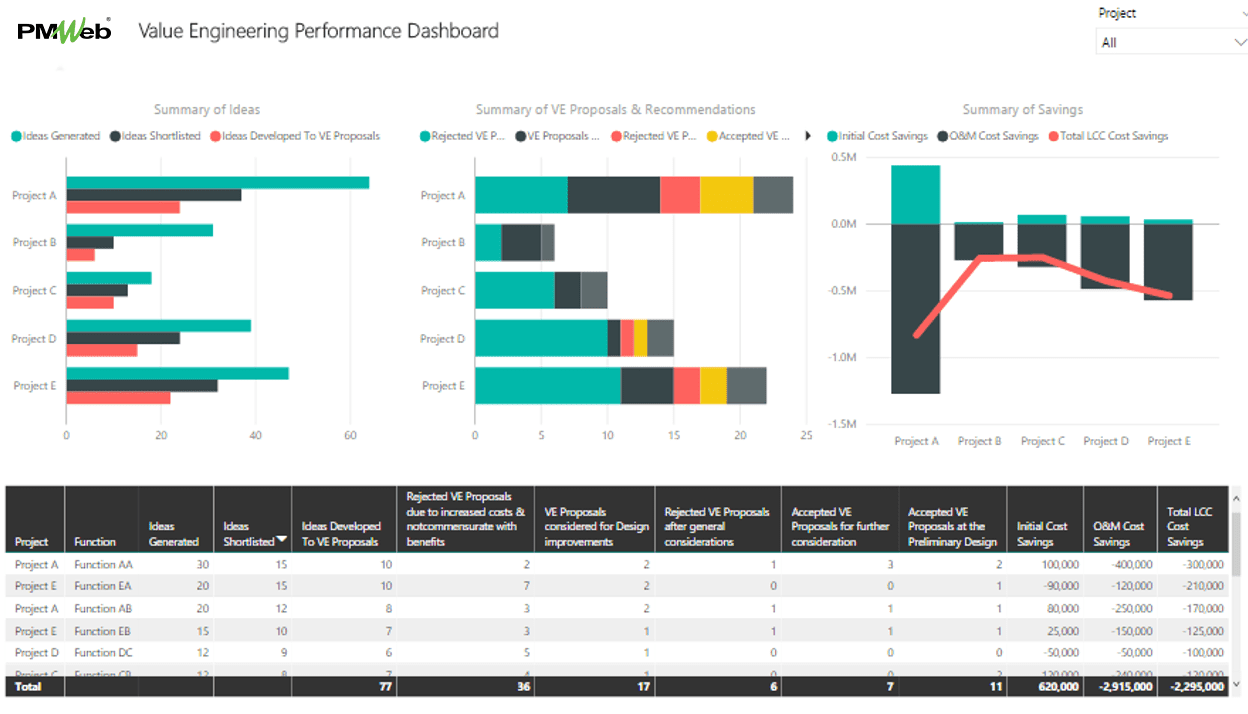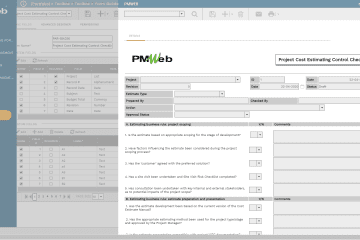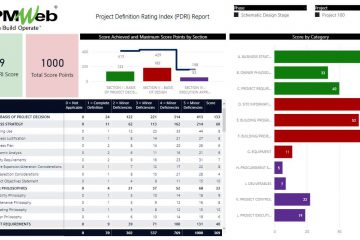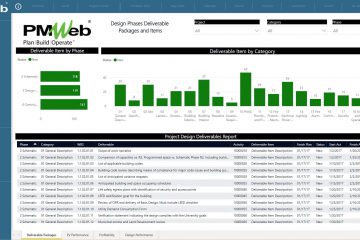The growing demand to optimize capital projects investments and to do more with less funds, project owners and more than ever, are now adopting the best practices of value engineering to identify and eliminate unwanted costs, while improving project’s function and quality. The aim is to increase the value of projects, satisfying the project’s performance requirements at the lowest possible cost. This involves considering the availability of materials, construction methods, transportation issues, site limitations or restrictions, planning and organization, costs, profits and so on. As well as increasing the benefits that can be delivered include a reduction in life cycle costs, improvement in quality, reduction of environmental impacts, and so on.
Project management information systems (PMIS) like PMWeb can add great value for the value engineering process. Not only does it add value in ensuring that the right data needed for value engineering is captured in a transparent and accountable format, but it also provides the VE team with a better platform to evaluate, analyze, visualize and report on this data. In addition, it enables the organization to transform this data into knowledge that can be of great value for the next value engineering workshop.
PMWeb PMIS can be used to address the complete requirements of the Value Engineering (VE) three stages: Pre-Study where the project and team selection will be defined, VE Workshop or VE Study which includes five distinct phases (Information, Speculative/ Creative, Evaluation/ Analytical, Development/ Recommendation, and Report), and the third stage is Post-Study which includes implementation and report results. Nevertheless, this article addresses how to manage, monitor, evaluate and report on the value engineering proposals, for which the PMWeb custom form builder will be used to create this form. The PMWeb custom form builder also allows creating the other forms needed for the Value Engineering process.
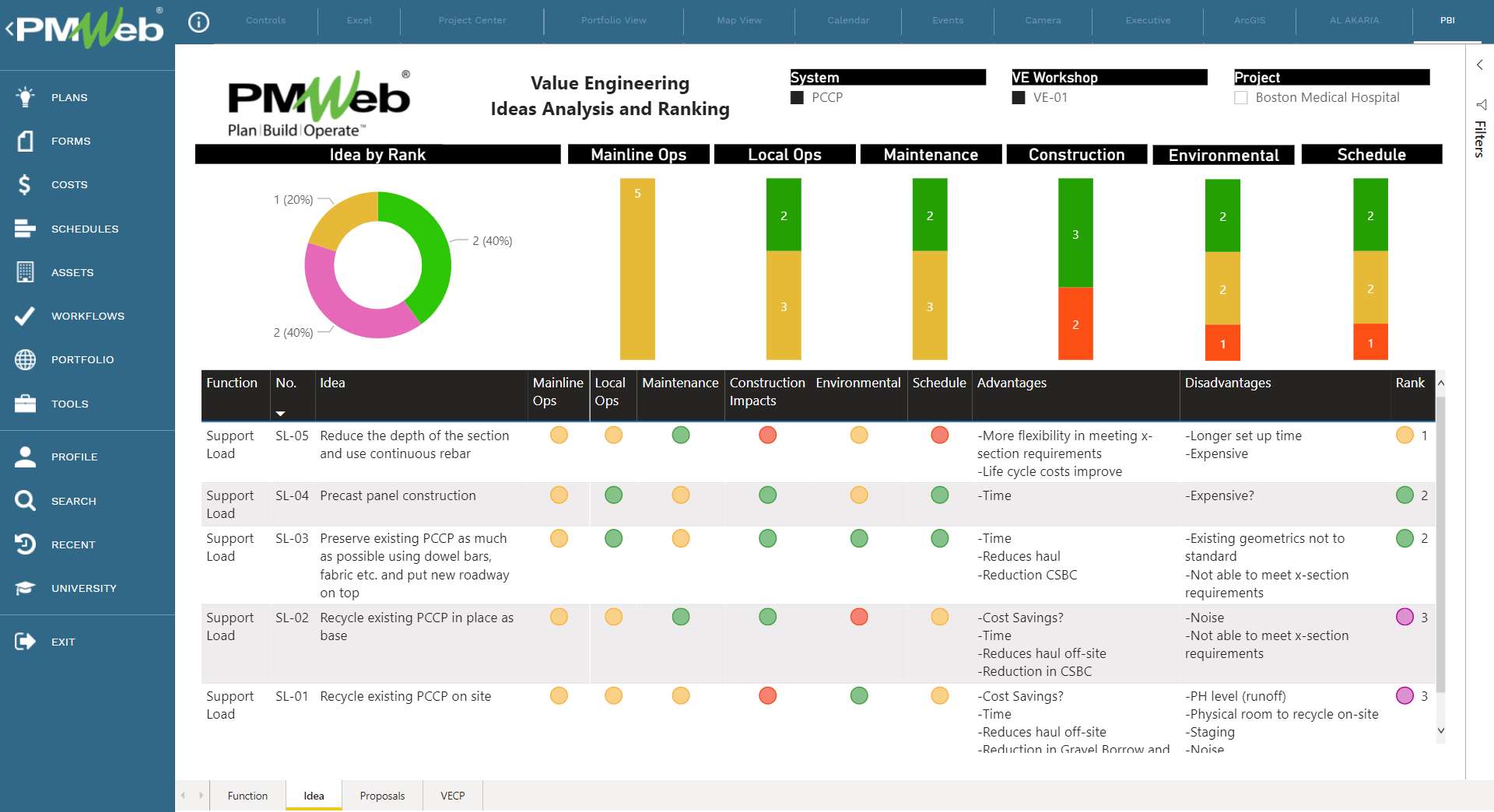
Development/Recommendation phase
In the Development/Recommendation phase, the best ideas from the Evaluation/Analytical Phase are developed into workable VE proposals. The VE team researches and develops preliminary designs and life cycle cost comparisons for the original designs and the proposed alternative ideas. The data generated during this phase will be captured in the Value Engineering Proposal form which will be another form created in PMWeb using the custom form builder. The form includes the following details: the project system, the item and function, a description of the original design and the proposed design (which is the VE Proposal) for the alternative idea, a list of the advantages and disadvantages of the alternative idea including its impact on life cycle costs and other key facility issues, discussion and justification of the Value Engineering Proposal, a cost estimate, and a life-cycle cost analysis if necessary for the original design and the alternative idea.
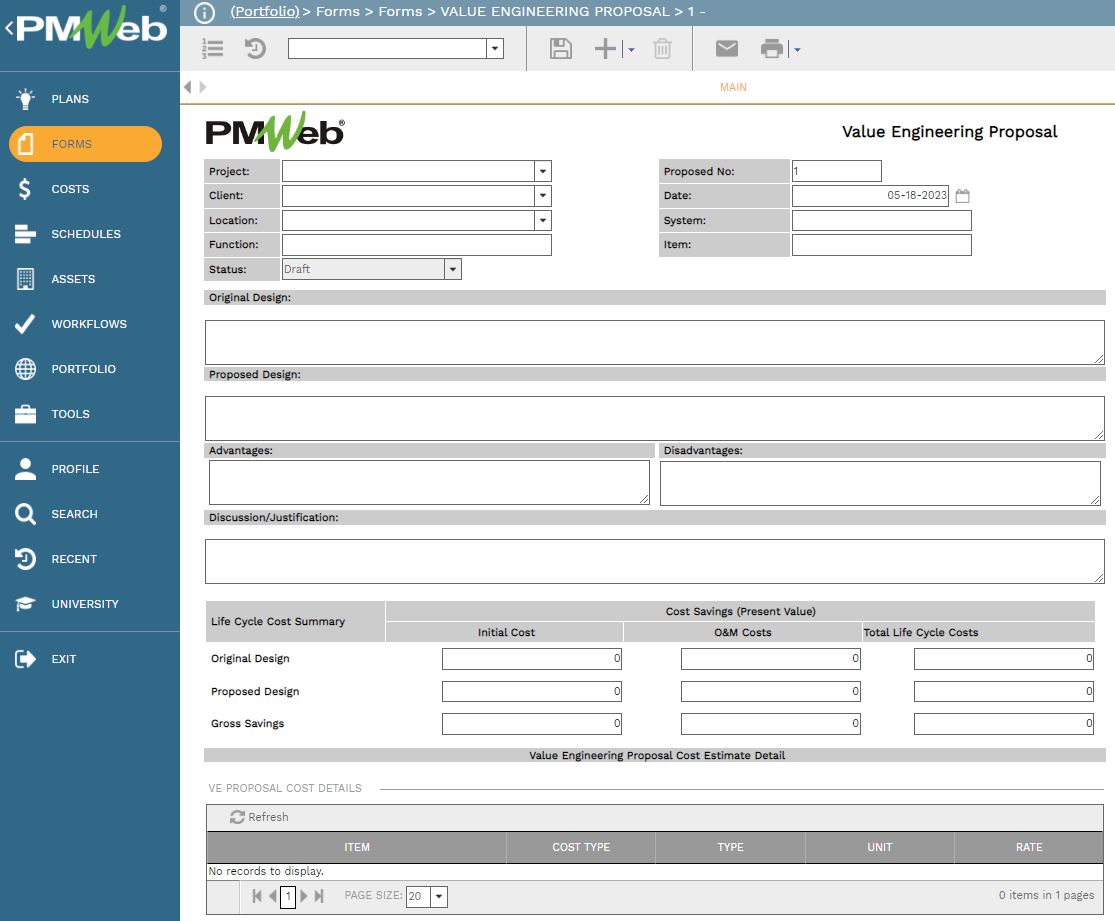
Similar to all other PMWeb modules, the VE Proposal form includes the different attachments which include a sketch of the original design and the alternative idea, the details of the cost savings calculation using net present value (NPV) along with other documents that could be needed. Similar to the other forms in PMWeb, a workflow can be assigned to the VE Proposal to formalize the submission and approval of the form.
The data captured in the VE Proposals can be reported on any desired form and format. The main objective is to provide the VE team with a real-time access and visualization for the VE proposals developed during the VE workshop. This report along with the other VE reports is also used in the next phase, VE Report, when the VE team needs to submit their recommendations for the VE proposals to be implemented.

Next, the VE Team produces a preliminary written VE Report intended to represent the results of the VE workshop activities and meet the VE Program objectives. The report also includes the Value Engineering Proposals summary report which summarizes the anticipated cost savings from the approved VE proposals.
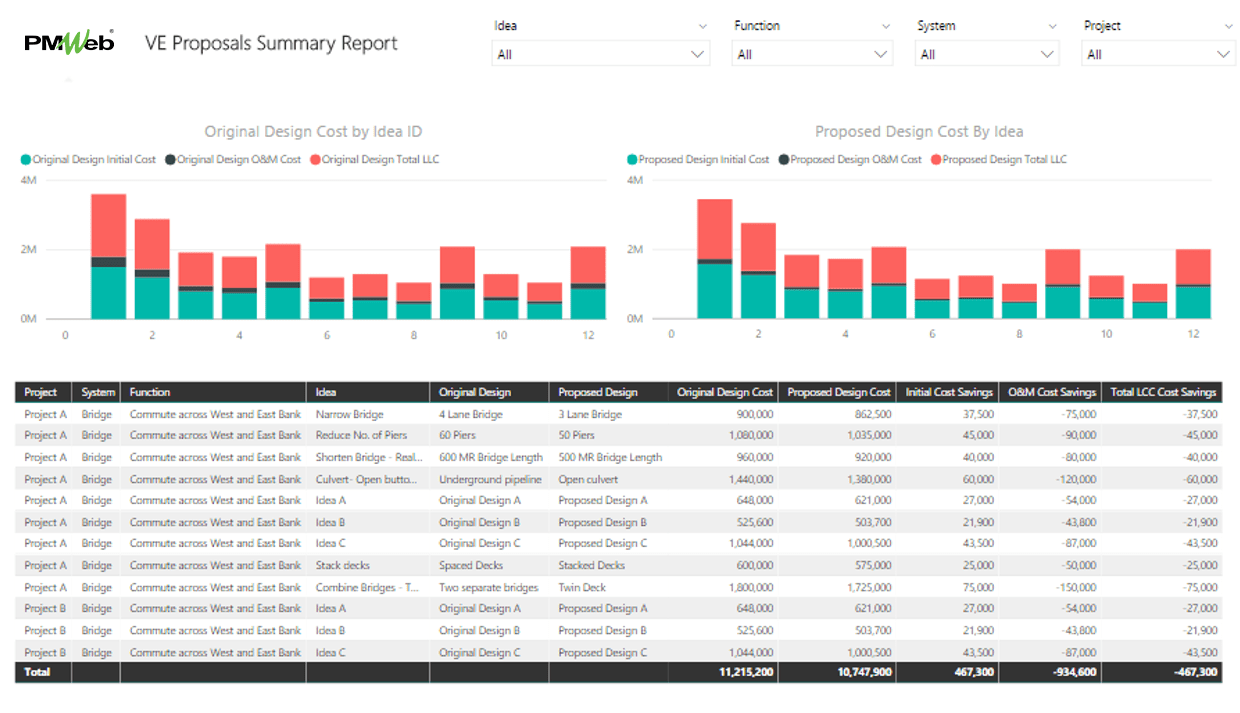
The value engineering analysis data captured across the organization’s complete projects portfolio provides executive management with an overview on the performance of the organization’s value engineering practice. For each project, the performance dashboard reports on the details of all ideas generated for each building system function, how many of those ideas were shortlisted and how many of those shortlisted ideas were developed into VE proposals. The dashboard also details how many of those developed VE proposals were rejected due to increased costs and not commensurate with benefits, VE Proposals considered for design improvements, rejected VE Proposals after general considerations, accepted VE Proposals for further consideration and accepted VE Proposals at the Preliminary Design. The dashboard also details the initial cost savings, O&M cost saving and total LCC cost savings. The dashboard also displays a tabular log of those details which can be filtered by project or group of projects.
